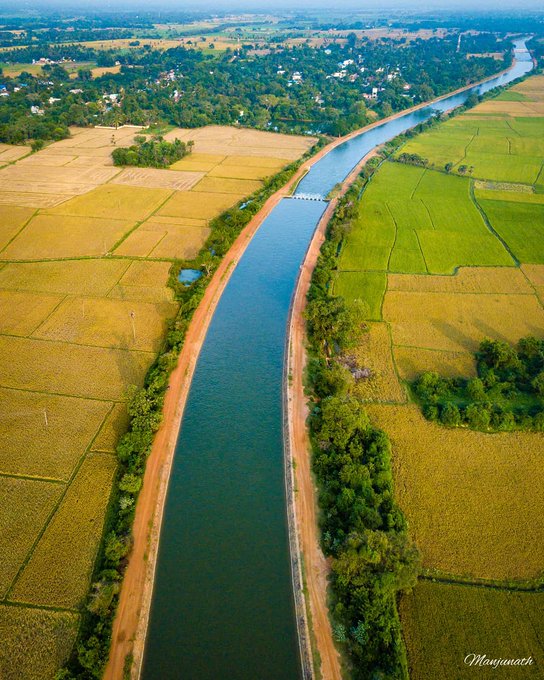RUST RESISTANT STEEL *
Rust-resistant steel 2000 years ago.
Gupta era iron clamps at the foundation base ruins of ancient
temples at the Dashavatar temple complex at Dewgarh, Uttar Pradesh. These
clamps are rust-resistant! The Dashavatar temple at this site happens to be
India's first existing sikhara temple. The site originally had nine temples
with a Garuda stand in front of the main temple (Dashavatar temple). Out of
these 9 temples at this site, only the main stands tall in ruins. These temples
were attacked several times by Islamic invaders including Alauddin Khilji. 8 of
the temples were razed to the ground by the plunderers. The iron clamps lay in
all the base ruins of destroyed temples.
Western historians including few Indians have distorted the
chronology of Indian historical events. So as per distorted historians, Gupta
era that lasted for nearly 300 years is projected to be from 3rd to 6th century
CE. But according to ‘Puranas’, inscriptions, and several Indian literary
historical evidences, Gupta era was during the last 300 years of BCE. As per
Vedveer Arya’s book ‘Chronology of Ancient India’, the Gupta era commenced from
335 BCE.
So, going by the true historical chronology, the iron clamps date
back to over 2000 years. These clamps are under the open sky, bearing all
weather conditions including rains. But the clamps never rusted! They are as
fresh and original. Wonder how ancient Indians are so gifted! Compare these
with today’s iron. Even if they are kept indoors under precautions, they rust!
Similarly, the 23 ft tall Gupta era iron pillar (kirti stambha
dedicated to Bhagwan Vishnu) standing in the Qutb complex at Mehrauli, Delhi
has been rust-resistant for years!
Refrence: www.myindiamyglory.om
___ XXX ___















Comments
Post a Comment